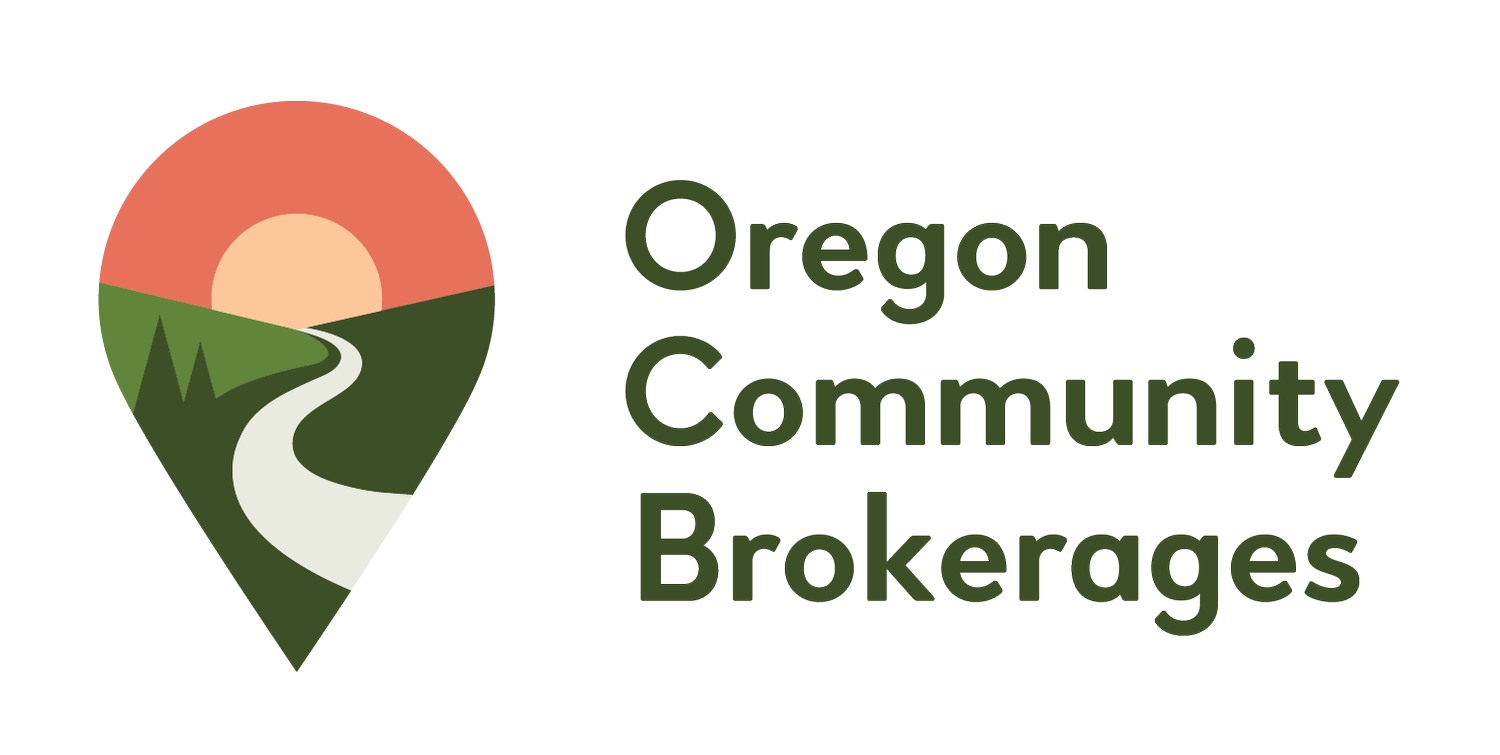
The COVID-19 Impact on Oregon’s Budget
We are all tired. Tired from worrying about how we’ll meet our needs without work or support. Tired from caring for our families and keeping them well and safe. Tired from adjusting, constantly, to our changing world. And the last thing we all want to talk about right now are budget reductions. That is true for our government officials, our state agency leadership, and each and every person attached to social services in Oregon. But, this is where we are–the Office of Developmental Disabilities, at the request of the Governor’s Office, has released a proposal of reduction options this week. So, let’s set our tired aside for a moment, and review the facts, and what to expect in the days and weeks to come.

Reduction List: Case Management Matters
The second half of June has arrived, and with it, the legislative session’s crunch time. Budget negotiations turn to budget deals, and our elected officials make hard decisions. As you will recall, Oregon’s Joint Ways and Means Committee Co-Chairs released a Targeted Reduction List at the end of April, which outlined a more detailed proposal for reducing costs to the 2017-2019 budget. Our legislative leaders have been warning us for months now that, without new sources of revenue, there will be cuts.

Reduction List: Proposed Eligibility Changes Would Put Oregonians At Risk
As we discussed earlier this week, Oregon’s Joint Ways and Means Committee Co-Chairs released a Targeted Reduction List at the end of April, which outlined a more detailed proposal for reducing costs to the 2017-2019 budget. Our legislative leaders have been warning us for months now that, without new sources of revenue, there will be cuts. The Targeted Reduction List proposes to change Oregon’s IDD Service Eligibility criteria in two significant ways.

Co-Chairs Release a Targeted Reduction List--What's On It?
Oregon’s economy is healthy and growing, but so are its costs. In fact, the costs of current services and budgeted obligations have outpaced the amount of money coming into the state to pay for them. Our legislative leaders have been warning us for months now that, without new sources of revenue, there will be cuts. Now, for the first time, we are getting a clearer picture of what those cuts might look like, as the Joint Ways and Means Committee Co-Chairs, Senator Richard Devlin (D-Tualatin) and Representative Nancy Nathanson (D-Eugene) have released their 2017-19 Target Reduction Lists.

The State Budget Process: This Year's Recommendations From the Governor
You may have seen headlines this month about the release of Governor Brown’s Recommended State Budget. As discussed in yesterday’s post, the Oregon state budget takes several months and three major steps from start to finish. We begin with data, reports, and recommendations from each governmental agency as to how services are currently operating, and what it would take to continue them (ARB). Next, the Governor synthesizes the disparate agency requests into a single budget, recommending it to the legislature, and to all Oregonians (GRB). The state legislature then takes those critical components, pairs them with months of gathered input and information from constituents, and creates a final legislative budget for approval (LAB). Once the Legislatively Approved Budget is formally adopted, the process is complete. Oregon creates a budget every two years.

The State Budget Process: What Do I Need To Know?
For the IDD system, the budgeting process is often a roller-coaster of emotion and advocacy. Service levels, program funding, and provider rates are all determined by the biennial state budget. On December 1st, Governor Kate Brown released her Governor’s Recommended Budget (GRB), which is a detailed budget plan for the 2017-2019 biennium. To get a handle on where the GRB falls in the full budget process, let’s take a closer look at it from start to finish.

Choosing Between Vital Parts is a Losing Proposition for I/DD
When it comes to full lives for Oregonians with intellectual and developmental disabilities, we want it all. As a member of the Oregon I/DD Coalition, OSSA helped to identify four top priorities for the 2015 legislative budgeting session. These four priorities, together, represent a pathway to richer lives for Oregonians with I/DD.
The Time for Advocacy is Now!
Distressing news out of the capitol: lawmakers may be looking to cut $140 million from human services in order to fund a budget “hole.” The question is, what does a $140 million cut to human services look like? Though plan hours are not likely to be cut, vulnerable areas include provider pay rates and Brokerage funding for Personal Agents. Brokerage Personal Agents and direct support providers have worked to implement dozens of system changes over the past two years. With these changes has come a lot of additional workload and responsibilities, which is already cutting into the bottom line: time spent with Brokerage customers. Any reduction in funding is going to cut further into that time.
